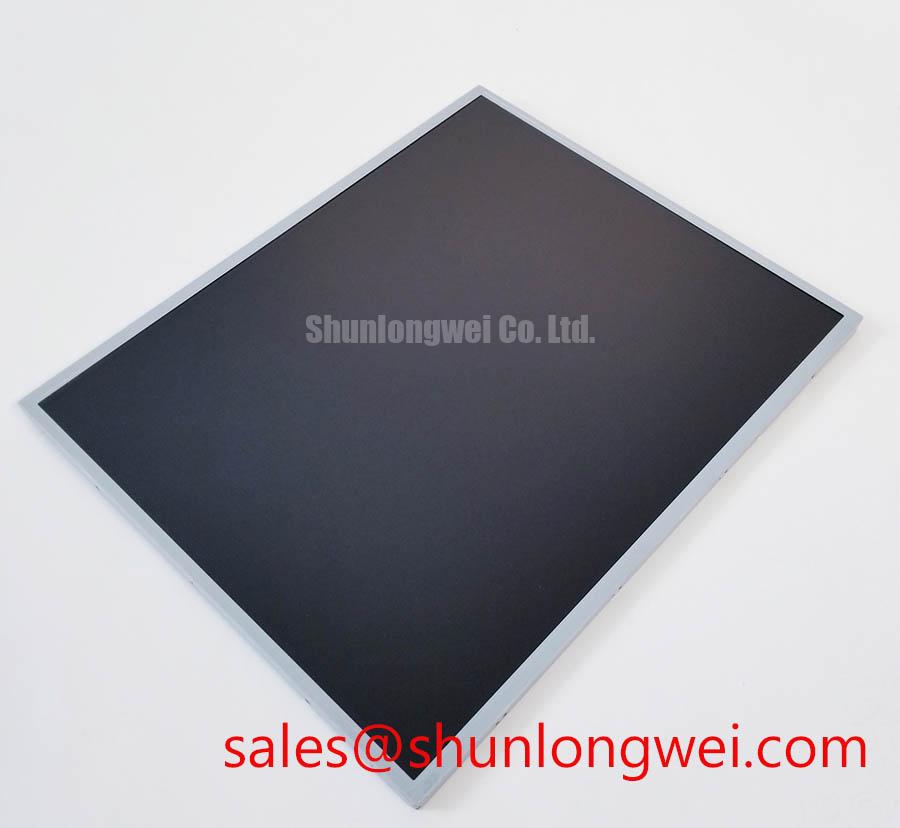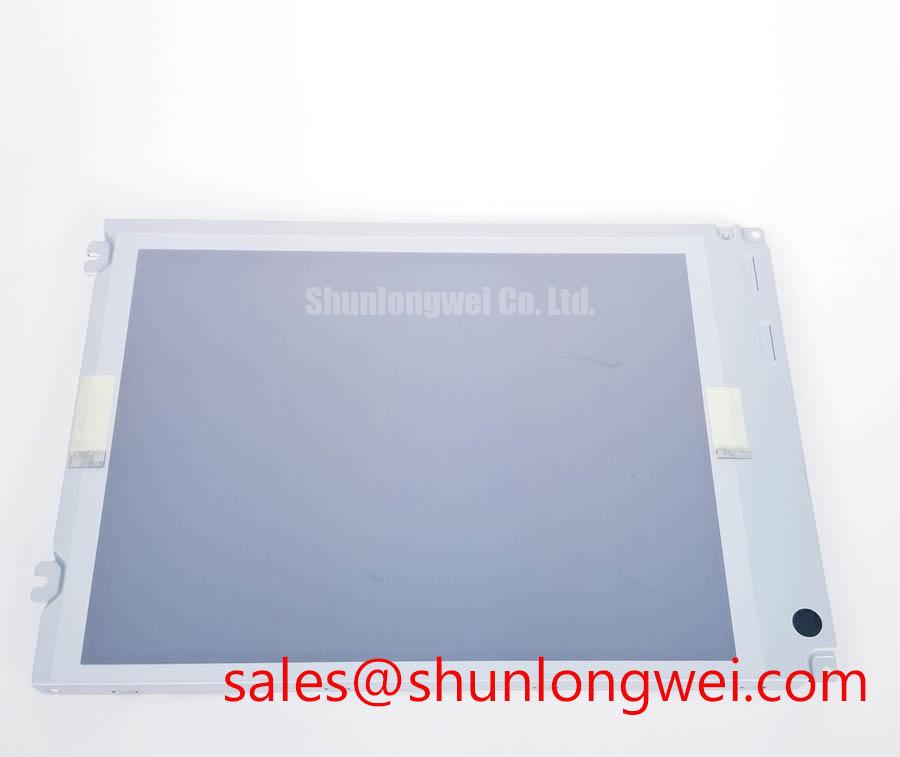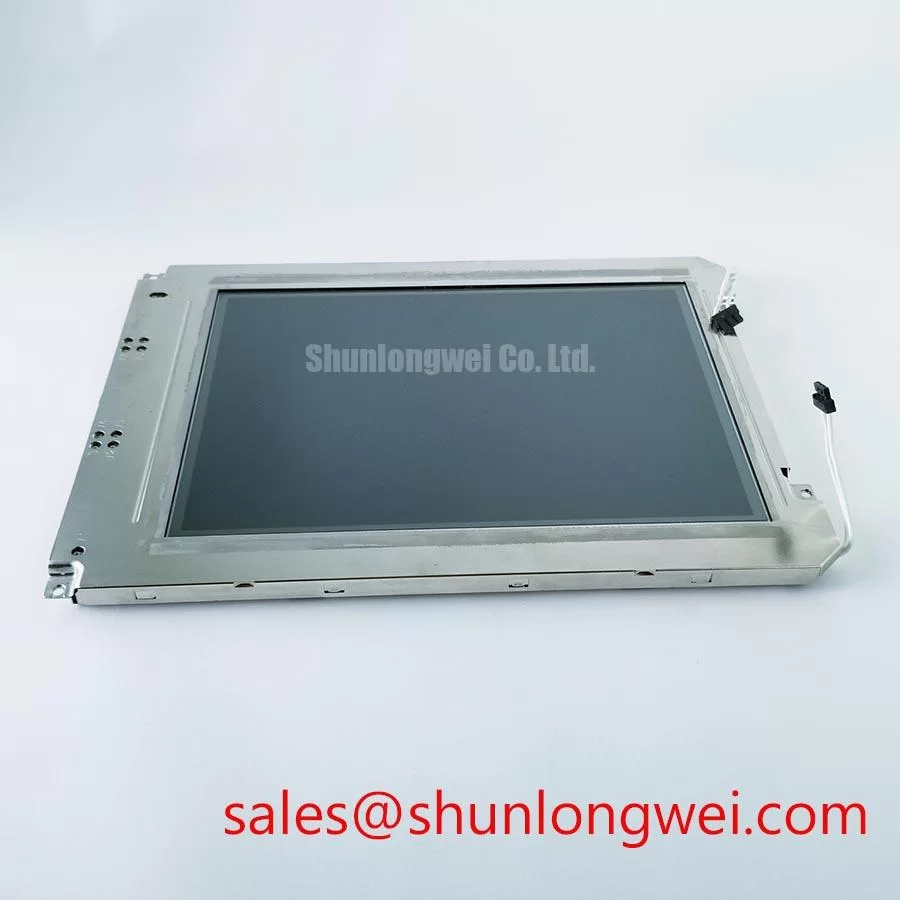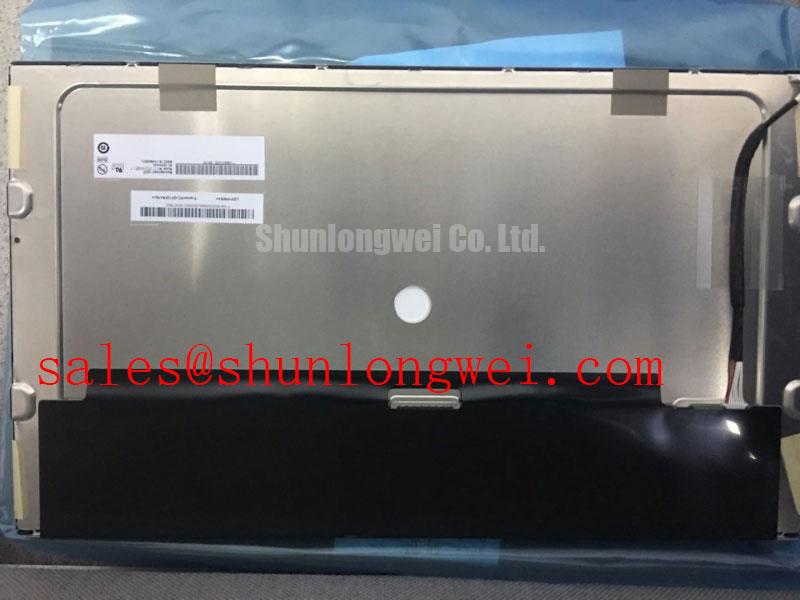Content last revised on October 2, 2025.
DG24128-59: 240x128 Graphic LCD with Integrated T6963C Controller for Industrial HMI
Product Overview & Key Specifications
Streamlining HMI Development with an Onboard Graphics Controller
The DG24128-59 is a 240x128 resolution monochrome graphic LCD module engineered to accelerate the design and simplify the architecture of industrial control panels and diagnostic equipment. Its core value proposition is the integration of the powerful T6963C controller, which offloads critical display management tasks from the host processor. This module features a high-contrast FSTN positive mode display, ensuring excellent readability across a wide range of operating conditions.
- Core Specifications: 240x128 Dots | Integrated T6963C Controller | -20°C to +70°C Operating Temperature
- Key Engineering Benefits: Dramatically reduced host MCU software overhead. High-contrast, wide-angle viewing via FSTN technology.
What is the primary benefit of its integrated controller? It significantly reduces host MCU workload. Best fit for cost-sensitive industrial HMI upgrades, this module's integrated T6963C controller minimizes the need for host processor redesign.
Application Scenarios & Value
System-Level Benefits in Embedded Control and Instrumentation
The DG24128-59 is an optimal display solution for embedded systems where processor resources are at a premium. Consider the common engineering challenge of upgrading a legacy industrial machine's user interface. The existing host microcontroller may lack the processing power or memory to manage a modern graphical display bit by bit, and a complete board redesign is often cost-prohibitive. This is where the DG24128-59 provides a distinct advantage.
The onboard T6963C controller acts as a dedicated graphics co-processor. Instead of the host MCU continuously refreshing the screen, it simply sends high-level commands—like "draw text at this coordinate" or "display graphic from this memory location"—to the DG24128-59. The module's controller handles the low-level pixel management, freeing the host MCU to focus on its primary control tasks. This architecture is particularly effective in applications such as:
- Process control instrumentation
- Test and measurement equipment
- Medical diagnostic devices
- Network hardware with status displays
- Legacy system upgrades and retrofits
Why is FSTN technology used? To deliver higher contrast and wider viewing angles than standard STN options. For systems requiring only alphanumeric data, the simpler LCM-S01602DSF/B offers a character-based alternative.
Key Parameter Overview
Defining Performance for Industrial Environments
The technical specifications of the DG24128-59 are tailored for reliability and straightforward integration into industrial designs. The following parameters are critical for system-level design and performance evaluation.
| Parameter | Specification | Engineering Significance |
|---|---|---|
| Display Resolution | 240 x 128 Dots | Provides sufficient screen real estate for displaying graphical user interfaces, waveforms, or detailed diagnostic menus without requiring a large physical footprint. |
| Onboard Controller | T6963C or Equivalent | The core value driver; enables text and graphic modes, manages display RAM, and simplifies the data interface to a standard 8-bit bus. See our guide on TFT LCDs for more on display architectures. |
| Display Technology | FSTN (Film-compensated Super-twisted Nematic) | Delivers a sharper, higher-contrast image and wider Viewing Angle compared to older STN technology, critical for operator readability. |
| Operating Temperature | -20°C to +70°C | Ensures operational reliability in unconditioned factory floors, outdoor enclosures, or other demanding industrial settings. |
| Backlight | LED (Typically White or Yellow-Green) | Offers long operational life, low power consumption, and stable brightness compared to CCFL backlights. |
Download the DG24128-59 datasheet for detailed specifications and performance curves.
Technical Deep Dive
A Closer Look at the T6963C Controller Architecture
Understanding the architecture of the integrated T6963C controller is key to unlocking the full potential of the DG24128-59. The controller acts as an intelligent bridge between the host microprocessor and the raw LCD panel. It incorporates on-chip RAM, which is partitioned to serve distinct functions: a text area, a graphics area, and a user-definable character generation RAM (CG-RAM).
This partitioning allows for powerful display modes. An engineer can overlay a text-based menu on top of a graphical background, such as a real-time data plot, without complex software manipulation on the host side. The T6963C manages this composition internally. For an engineer, this means a simplified development process focused on sending commands and data rather than low-level pixel management. This architecture is analogous to how a dedicated GPU in a computer renders complex scenes, freeing the main CPU for application logic.
Frequently Asked Questions (FAQ)
What is the primary advantage of the integrated T6963C controller in the DG24128-59?
The controller's main advantage is the significant reduction in host processor workload. It handles display RAM management, character generation, and graphic/text mode control, which simplifies software development and allows the use of less powerful, more cost-effective microcontrollers.
How does the FSTN display technology benefit a user interface design?
FSTN (Film-compensated Super-twisted Nematic) technology provides a higher contrast ratio and wider, more symmetric viewing angles than standard STN displays. For an HMI, this results in a clearer, more legible display that can be easily read by operators from various positions and under different lighting conditions.
What does the 240x128 resolution enable for industrial applications?
This resolution offers a strategic balance of information density and physical size. It is large enough to render detailed menus, multiple lines of diagnostic text, simple waveforms, or process diagrams, making it far more versatile than character-only displays for complex machine interfaces.
What are the data interface requirements for the DG24128-59?
The module typically interfaces with a host system via a standard 8-bit parallel bus. This includes 8 data lines (D0-D7) and several control lines (e.g., Chip Select, Read/Write, Command/Data select, Reset). This interface is common on a wide range of microcontrollers, facilitating straightforward hardware integration.
Strategic Outlook
Ensuring Longevity in Industrial Product Lifecycles
While the market trends towards full-color displays, modules like the DG24128-59 hold a critical and strategic position for long-lifecycle industrial equipment. Its proven architecture, robust operational range, and the simplicity afforded by its integrated controller provide a reliable and cost-effective path for both new designs and essential upgrades. For engineers tasked with maintaining or enhancing equipment designed to operate for decades, components that prioritize stability and ease of integration over cutting-edge features are invaluable. This module represents a commitment to supporting the foundational hardware of the industrial automation and control landscape. Proper industrial display maintenance further ensures the longevity of these critical assets.
















